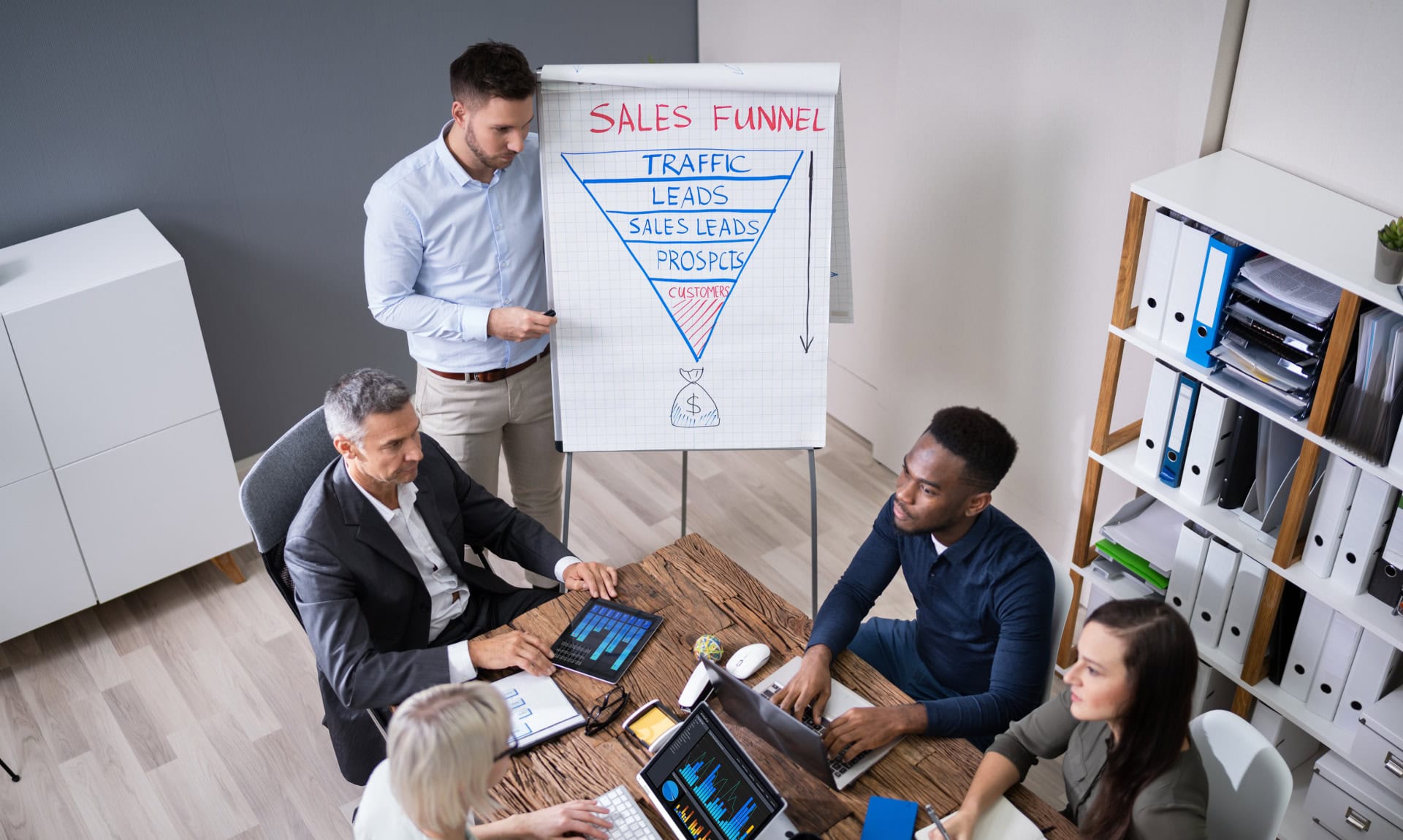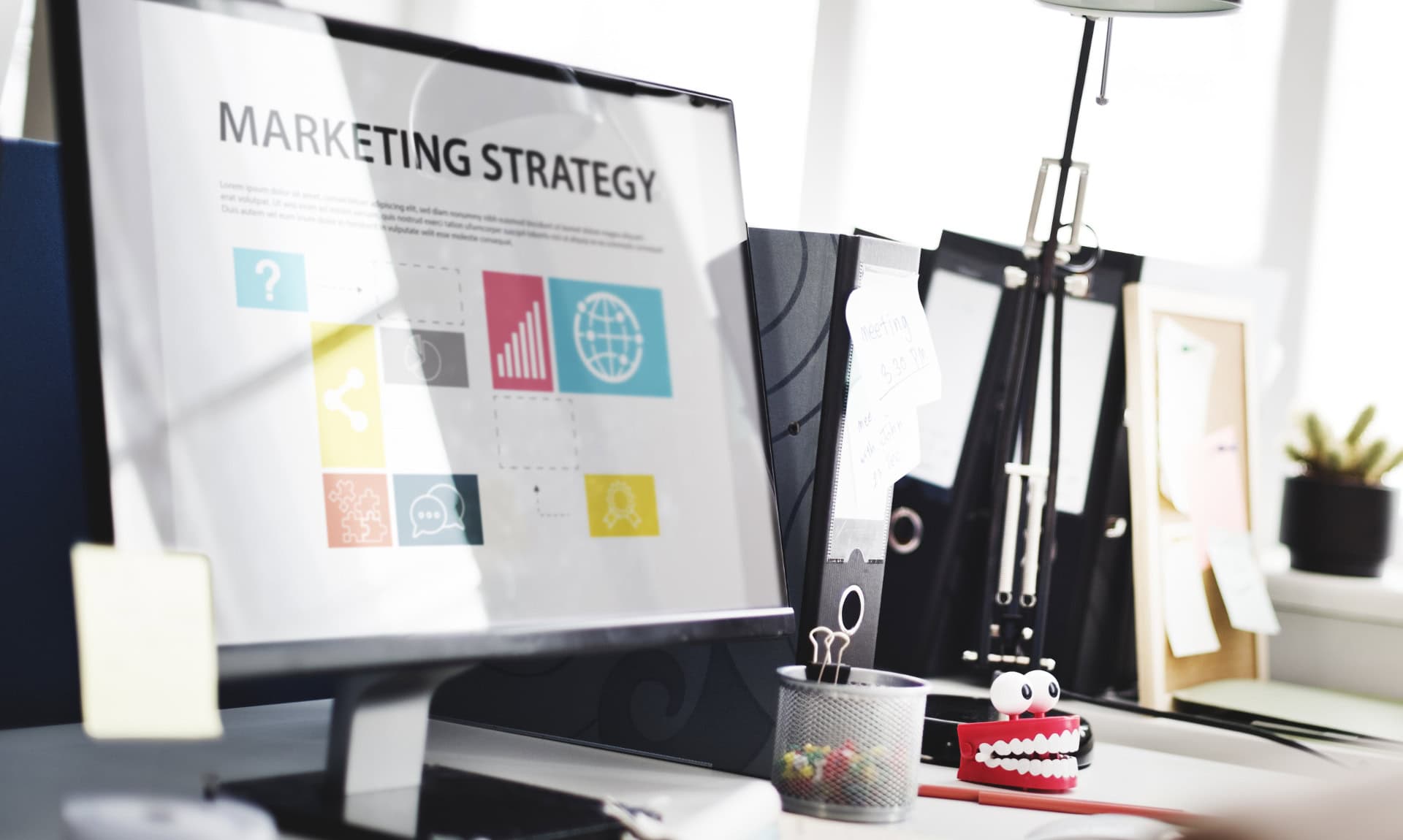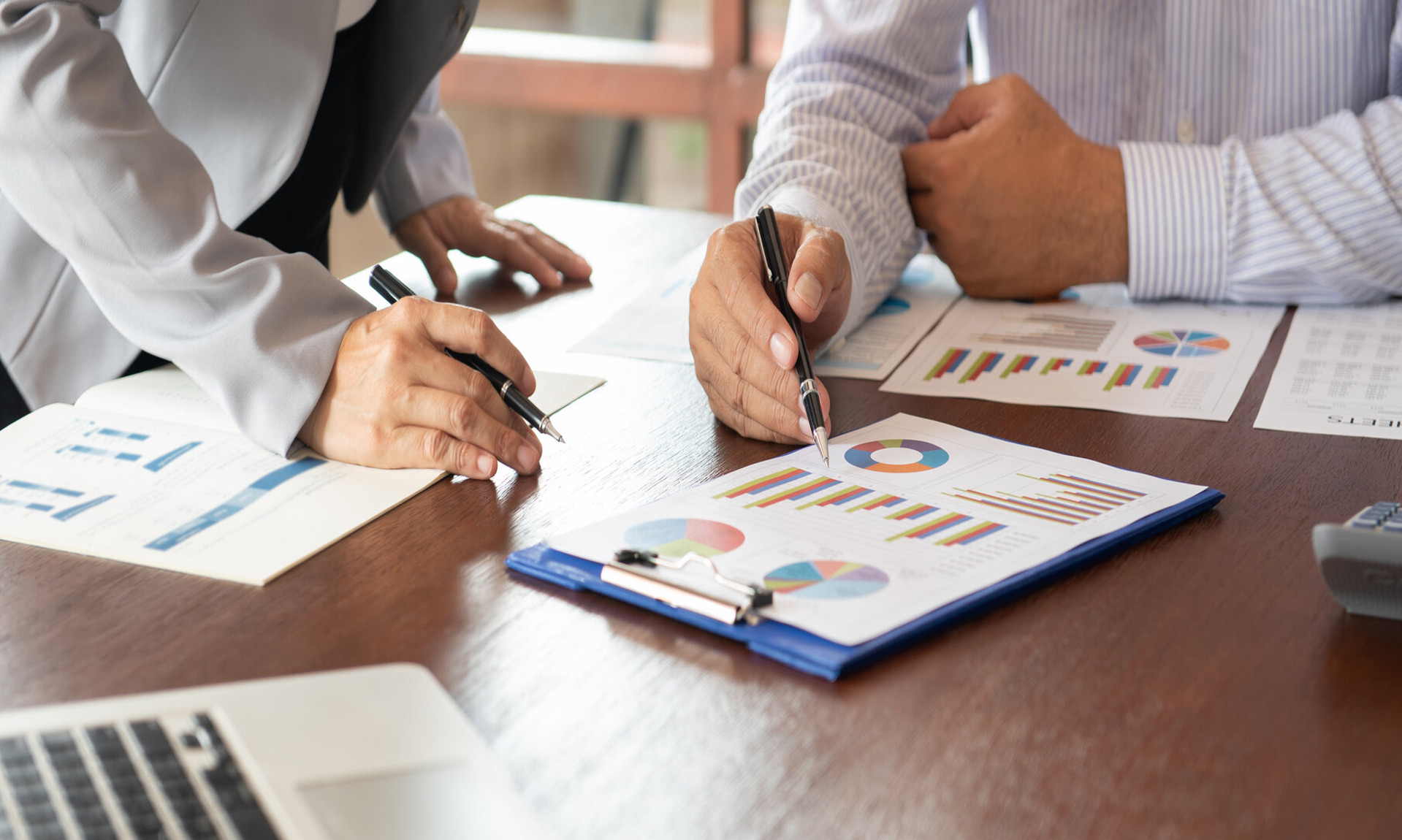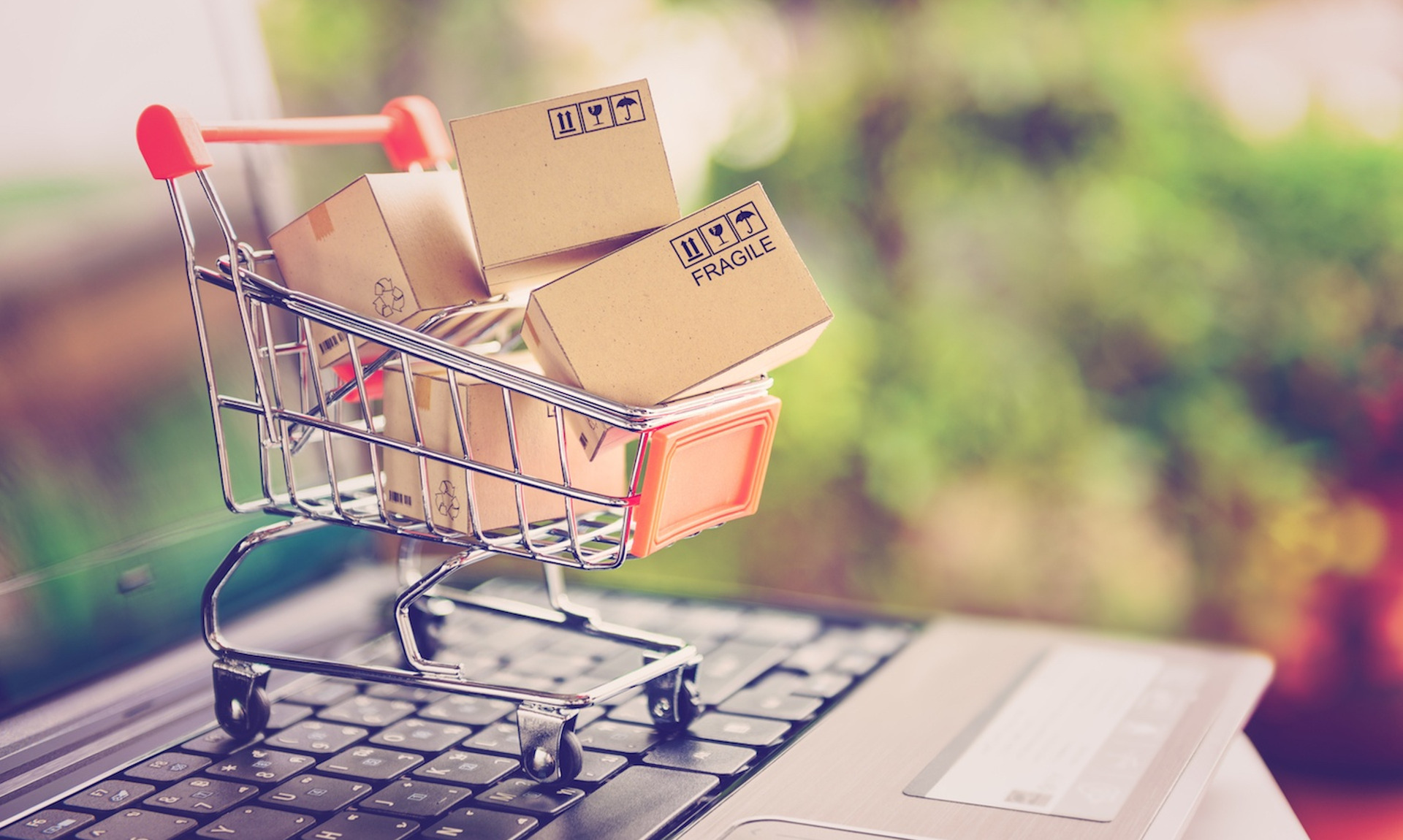
B2B Sales Funnel: Complete Guide for Marketers
Understanding the B2B sales funnel is essential for marketers aiming to optimize their sales strategies. The B2B sales funnel outlines the journey from a potential lead to a loyal customer, helping businesses focus on converting high-quality leads.
This guide will explore the stages, benefits, and examples of the B2B sales funnel to enhance your sales process.
What Is a B2B Sales Funnel?
A B2B sales funnel is a model that illustrates the steps a business takes to convert potential leads into customers.
The sales funnel encompasses various stages, from initial brand awareness to final purchase, allowing marketers to track and optimize their sales activities. This full-funnel marketing approach helps businesses understand where to focus their efforts to improve conversion rates.
B2B Sales Funnel vs. B2B Marketing Funnel
While both the B2B sales funnel and the B2B marketing funnel aim to guide potential leads toward a purchase, the primary difference lies in their focus.
The sales funnel is centered on closing deals and generating revenue, whereas the marketing funnel emphasizes lead generation and nurturing.
- Learn More: Marketing Funnel vs. Sales Funnel
Benefits of a B2B Sales Funnel
Implementing a B2B sales funnel offers several advantages that can significantly improve your sales performance. Some of the primary benefits of a sales funnel are:
1. Enhanced Lead Qualification
A B2B sales funnel helps in filtering out unqualified leads early in the process, ensuring that sales teams focus on prospects with the highest potential. This targeted approach saves time and resources while increasing the likelihood of successful conversions.
2. Improved Sales Efficiency
By clearly defining each stage of the sales journey, a B2B sales funnel streamlines sales activities and allocates resources more effectively. Sales teams can prioritize their efforts based on where leads are in the funnel, leading to more efficient and productive sales cycles.
3. Better Forecasting and Planning
A well-structured sales funnel provides valuable data on lead progression and conversion rates, aiding in more accurate sales forecasting. This insight enables better planning and strategy adjustments to meet sales targets and business goals.
4. Streamlined Sales Process
The sales funnel standardizes the steps involved in converting a lead to a customer, creating a consistent and repeatable sales process. This consistency ensures that all team members follow the same procedures, leading to a smoother and more coordinated sales effort.
5. Increased Conversion Rates
By nurturing leads through a structured process, a B2B sales funnel enhances the likelihood of converting prospects into paying customers. With focused strategies and targeted efforts at each stage, businesses can achieve higher conversion rates and ultimately boost their revenue.
B2B Sales Funnel Stages
Understanding the stages of the B2B sales funnel is crucial for effectively guiding prospects from initial contact to long-term loyalty. The primary sales funnel stages are:
Stage 1: Awareness
At this stage, also known as the top of the funnel, potential customers become aware of your business and its offerings. Marketing efforts focus on attracting attention through content marketing, and social media, and aiming to create brand recognition.
Stage 2: Interest and Evaluation
Here, leads show interest and begin evaluating your products or services. This mid-funnel stage involves engaging with content such as whitepapers, case studies, and webinars to understand how your solutions can address their needs and compare them with alternatives.
Stage 3: Desire
In this stage, part of the consideration phase, prospects develop a strong preference for your offerings over competitors. Personalized demonstrations, free trials, and detailed proposals help to build their desire to purchase by showcasing the specific benefits and value.
Stage 4: Action
This is the decision-making stage, known as the bottom of the funnel, where the prospect commits to purchasing. Sales teams close the deal by finalizing contracts, negotiating terms, and addressing any last-minute concerns to ensure a smooth transition to customer status.
Stage 5: Loyalty and Re-engagement
In the post-purchase stage, the focus shifts to nurturing customer relationships and ensuring satisfaction. Loyal customers are re-engaged through ongoing support, upselling, and cross-selling opportunities to foster long-term partnerships and encourage repeat business.
- Learn More: Upper Funnel vs. Lower Funnel Marketing
How to Build a B2B Sales Funnel
Building an effective B2B sales funnel involves a series of strategic steps to guide potential customers from awareness to loyalty. The funnel building process looks like this:
- Step 1 – Define Your Target Audience: Identify and understand the specific characteristics, needs, and pain points of your ideal customers.
- Step 2 – Create Buyer Personas: Develop detailed profiles of your target audience segments to tailor your marketing and sales efforts.
- Step 3 – Map Out the Buyer’s Journey: Outline the stages your prospects go through from initial awareness to purchase and post-purchase engagement.
- Step 4 – Develop Engaging Content for Each Stage: Create and distribute relevant content that addresses the needs and questions of prospects at each funnel stage, from blog posts to case studies.
- Step 5 – Implement Lead Generation Strategies: Use various tactics such as SEO, PPC advertising, and social media marketing to attract potential leads and drive traffic to your website.
- Step 6 – Capture and Nurture Leads: Use forms, landing pages, and calls-to-action to capture lead information and employ email marketing campaigns to build relationships.
- Step 7 – Qualify Leads: Implement a lead scoring system to prioritize leads based on their likelihood to convert, focusing sales efforts on the most promising prospects.
- Step 8 – Close the Sale: Use effective sales techniques and negotiation strategies to finalize deals, addressing any objections or concerns prospects may have.
- Step 9 – Foster Customer Loyalty: Post-purchase, provide exceptional customer service and support to ensure satisfaction and use upselling and re-engagement tactics to encourage repeat business.
- Step 10 – Analyze and Optimize the Funnel: Continuously monitor the performance of your sales funnel, using data and feedback to make improvements and refine your strategies.
Measuring B2B Sales Funnel Success
To gauge the effectiveness of your B2B sales funnel, it’s essential to track and analyze key performance metrics. Some of the most important sales funnel metrics are:
- Conversion Rate: The percentage of leads that convert into customers at each funnel stage, indicating the efficiency of your sales process.
- Lead Response Time: The average time it takes for your sales team to respond to new leads, affecting the chances of successful conversion.
- Customer Acquisition Cost (CAC): The total cost of acquiring a new customer, including marketing and sales expenses, which impacts profitability.
- Average Deal Size: The average revenue generated per closed deal, reflecting the value of each sale.
- Sales Cycle Length: The average time it takes to move a lead from initial contact to a closed deal, highlighting the efficiency of your sales process.
- Lead-to-Customer Rate: The percentage of leads that ultimately become customers, indicating the effectiveness of your lead nurturing strategies.
- Pipeline Value: The total potential revenue from all active opportunities in the sales funnel, providing insight into future revenue.
- Lead Source Effectiveness: The performance of different lead generation channels in terms of generating qualified leads, helping to optimize marketing efforts.
- Churn Rate: The percentage of customers who stop doing business with you over a specific period, affecting long-term business growth.
- Customer Lifetime Value (CLV): The total revenue a business can reasonably expect from a single customer account throughout the business relationship, guiding long-term strategy.
How to Optimize a B2B Sales Funnel
Enhancing your B2B sales funnel involves implementing advanced strategies to improve efficiency and boost conversion rates. A few proven sales funnel optimization strategies are:
- Use Data Analytics: Leverage data analytics tools to gain insights into customer behavior and identify areas for improvement within the funnel.
- Implement Marketing Automation: Utilize marketing automation platforms to streamline lead nurturing and ensure timely follow-ups.
- Personalize Outreach: Customize communications and offers based on individual lead preferences and behaviors to increase engagement.
- Optimize Content for Each Stage: Create targeted content that addresses the specific needs and pain points of leads at each stage of the funnel.
- A/B Test Campaigns: Conduct A/B testing on emails, landing pages, and ads to determine the most effective strategies.
- Align Sales and Marketing Teams: Foster collaboration between sales and marketing teams to ensure a cohesive approach to lead management.
- Improve Lead Scoring Models: Refine lead scoring criteria to better prioritize high-quality leads and allocate resources effectively.
- Enhance CRM Utilization: Maximize the use of your CRM system to track interactions, manage relationships, and analyze performance.
- Provide Continuous Training: Offer ongoing training for sales teams to keep them updated on best practices and new techniques.
- Gather and Act on Feedback: Regularly collect feedback from customers and leads to identify bottlenecks and areas for enhancement in your sales funnel.
B2B Sales Funnel Examples
What exactly does a B2B sales funnel look like? Here are a few common sales funnel examples to consider:
- Software as a Service (SaaS) Funnel: Focuses on attracting leads through free trials or demos, nurturing them with personalized content, and converting them into paying subscribers.
- Enterprise Sales Funnel: Involves targeting high-value accounts with a long sales cycle, using account-based marketing (ABM) strategies and customized solutions.
- Professional Services Funnel: Emphasizes building credibility through thought leadership content, such as whitepapers and webinars, followed by consultations and personalized proposals.
- Manufacturing and Distribution Funnel: Utilizes trade shows, industry publications, and direct outreach to generate leads, followed by detailed product presentations and negotiations.
- Ecommerce B2B Funnel: Combines digital marketing tactics like SEO and PPC with a robust online storefront, focusing on bulk purchases and repeat business through loyalty programs and personalized offers. Learn more about ecommerce sales funnels.
B2B Sales Funnels: Final Thoughts
Mastering the B2B sales funnel is essential for driving high-quality leads through a structured process, ultimately converting them into loyal customers. By understanding the stages, measuring key metrics, and applying advanced optimization strategies, marketers can enhance their sales effectiveness and achieve better results.
News Via Inbox
Get our monthly report on all the latest and greatest trends in digital marketing.



